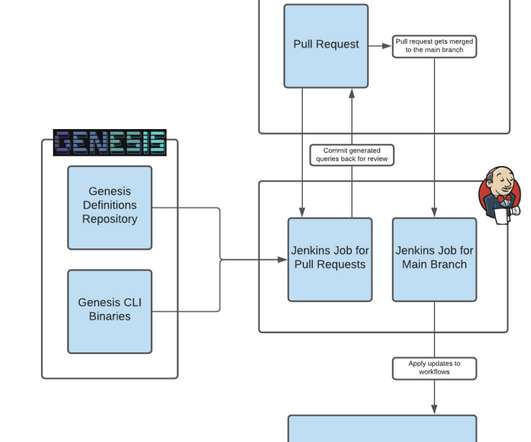Snap: a microkernel approach to host networking
The Morning Paper
NOVEMBER 10, 2019
This paper describes the networking stack, Snap , that has been running in production at Google for the last three years+. Enter Google! I’m jumping ahead a bit here, but the component of Snap which provides the transport and communications stack is called Pony Express. SOSP’19. Emphasis mine). Emphasis mine).













Let's personalize your content